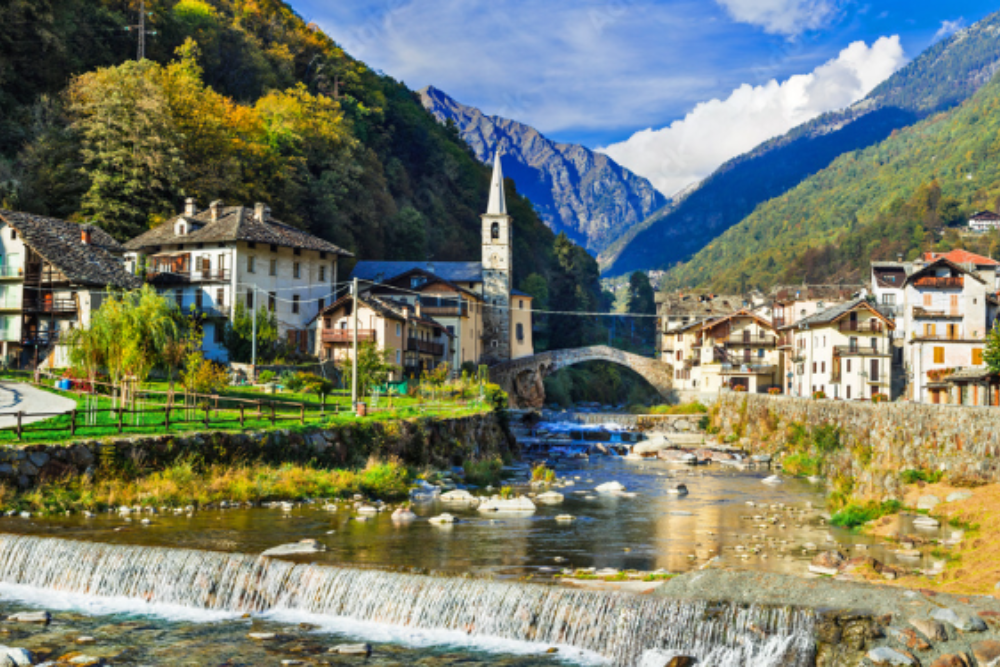Introduction
Aosta is a charming town located in Italy’s Aosta Valley, nestled in the Alps near the French and Swiss borders. Known for its stunning mountain scenery, it offers a blend of natural beauty and rich history. Aosta is often called the “Rome of the Alps” due to its well-preserved Roman ruins, including ancient walls, an amphitheatre, and the Arch of Augustus. Visitors can also enjoy outdoor activities like hiking, skiing, and mountaineering, thanks to its proximity to famous peaks like Mont Blanc and the Matterhorn. The town’s mix of Italian and French influences adds to its unique cultural appeal.
Skyway Monte Bianco

- Although not directly in Aosta, the Skyway Monte Bianco cable car is a must-do for anyone visiting the region. The rotating cable car takes you up to Punta Helbronner, offering breath-taking 360° views of Mont Blanc and the surrounding Alps. This adventure provides access to hiking, skiing, and scenic views like nowhere else.
Skiing and Snowboarding
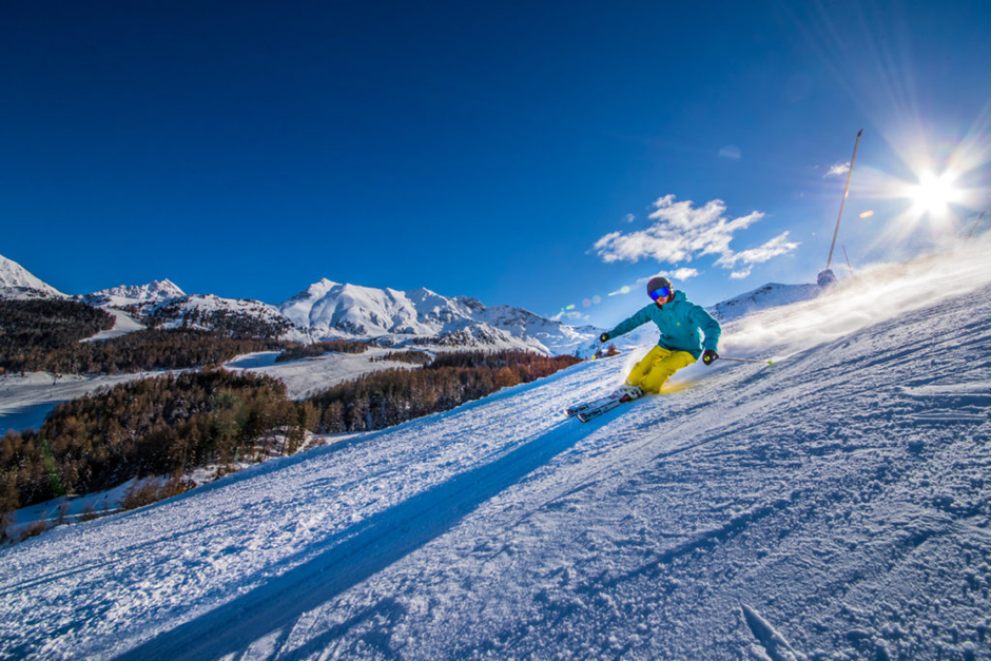
- Best Time: Winter (December to March)
- Aosta is surrounded by some of the best ski resorts in the Alps. The nearby resorts of Pila, Courmayeur, and La Thuile provide excellent skiing and snowboarding options for all skill levels. Pila is particularly accessible from Aosta with a direct cable car from the city center, making it ideal for both beginners and experts.
Hiking and Trekking
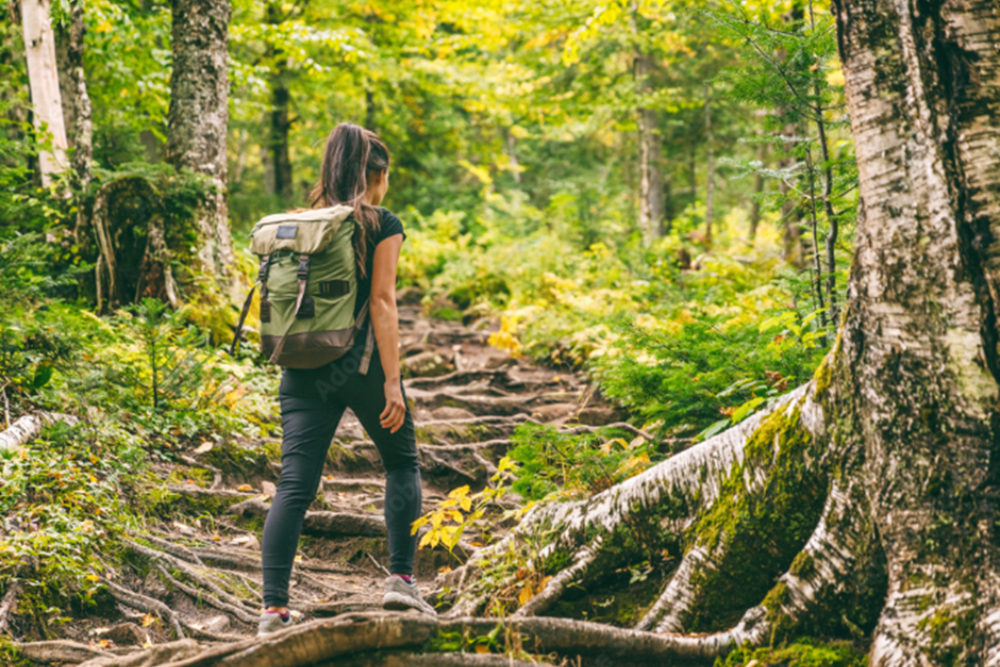
- Best Time: Summer (June to September)
- Aosta offers stunning hiking trails for all difficulty levels. Whether you’re looking for easy walks through alpine meadows or challenging treks to the highest peaks, there’s something for everyone.
Arch of Augustus

- One of Aosta’s most iconic landmarks, the Arch of Augustus is a triumphal arch built in 25 BC to commemorate the Roman conquest of the region. It stands proudly at the entrance to the city and offers a great starting point for exploring Aosta’s Roman past.
Aosta Cathedral (Cathedral di Santa Maria Assunta)

- Located in the heart of the city, Aosta’s cathedral dates back to the 4th century, though much of its current structure reflects Romanesque and Gothic architectural influences. Inside, you’ll find beautiful frescoes, mosaics, and intricate wood carvings.
Sant’Orso (Collegiata dei Santi Pietro e Orso)
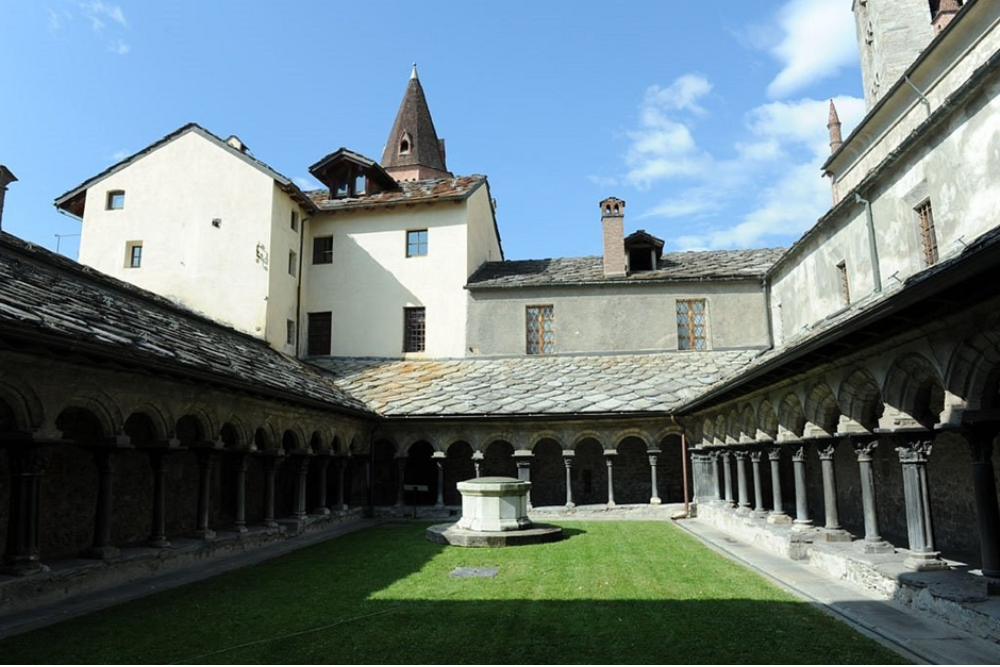
- The Collegiata di Sant’Orso is an ancient church and monastery complex known for its Romanesque cloister and frescoed interiors. It’s a great place to explore Aosta’s medieval past, with a peaceful atmosphere and stunning artwork, including its famous crypt and bell tower.
Sarre Royal Castle (Castello Reale di Sarre)

- Located just outside Aosta, Sarre Castle was once a hunting lodge for the royal family of Italy. The castle offers panoramic views of the valley and is filled with royal memorabilia, including collections of hunting trophies.
Mountain Biking

- Best Time: Summer (June to September)
- Aosta’s mountain biking trails offer adventure through forests, pastures, and alpine ridges.
White Water Rafting and Canyoning
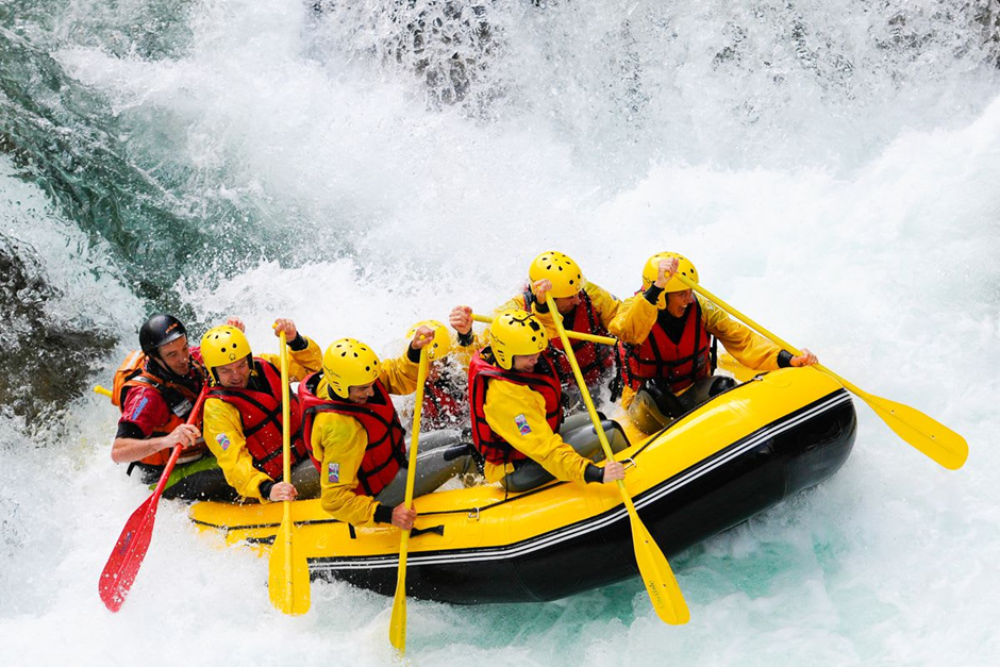
- Best Time: Spring and Summer (May to September)
- Aosta’s rivers, fed by melting glaciers, provide exciting opportunities for white water rafting. The Dora Baltea River is one of the best in the region for rafting, offering various sections with different difficulty levels. You can also try canyoning, navigating through gorges, waterfalls, and pools with the help of professional guides.
Dos and Don’ts in Aosta
Dos:
- Explore Roman Ruins: Visit iconic Roman landmarks like the Arch of Augustus, Teatro Romano, and Aosta’s ancient city walls.
- Enjoy Outdoor Activities: Take advantage of the Alps by skiing, hiking, or mountaineering in the surrounding mountains, particularly in the winter season.
- Taste Local Cuisine: Try regional specialties like fontina cheese, polenta, and carbonade (beef stew) at local restaurants.
Don’ts:
- Don’t Ignore Weather Conditions: Aosta’s alpine climate can be unpredictable, so check the weather, especially when planning mountain excursions.
- Don’t Forget to Dress Warmly: If visiting in winter, ensure you’re well-prepared with layers for the cold.
- Don’t Skip Local Markets: Avoid missing out on local markets where you can find artisanal crafts, regional food products, and souvenirs.
Best time to reach in Aosta
The best time to visit Aosta depends on the type of experience you’re looking for:
Winter (December to March):
- Best for Skiing and Snow Sports: If you’re into winter sports, this is the ideal time. Aosta is close to top ski resorts like Courmayeur and Pila, offering great conditions for skiing, snowboarding, and other alpine activities.
Summer (June to September):
- Best for Hiking and Outdoor Activities: In summer, the weather is mild and perfect for hiking, mountaineering, and exploring the natural beauty of the Alps. The mountain trails are open, and the scenery is stunning with green valleys and clear skies.
Spring (April to May) and Fall (October to November):
- Best for Sightseeing and Fewer Crowds: These shoulder seasons are great for exploring Aosta’s Roman ruins, castles, and town charm with fewer tourists around. The weather can be variable, but it’s quieter and more relaxed than peak seasons.



